With its new XC90 line Volvo has squashed the stereotype that a luxury seven-seater has to be powered by a lusty V8. We put the hybrid T8 to the test.
We live in a world of stereotypes. All black people can dance, all Asians are good at maths, all Americans are loud and brash. Blondes are dumb, girls are not good at sport, police officers live on doughnuts.
By the same token, BMW drivers don’t know how to use an indicator or read a stop sign, Audi drivers are yuppies, Mercedes drivers are arrogant and stuffy, and Toyota drivers are, well, beige.
Oh, and Volvo drivers are tree-hugging, latte-sipping, doily-loving, hat-wearing geography teachers or dentists who drive boring, conservative cars too slowly in the fast lane, and refuse to let people pass.
Like mud, if you fling stereotypes around often enough, they stick and Volvo has had to work hard here to kill the 'just another Volvo driver' leanings.
It has answered in the best way possible with technically advanced, sharp-looking cars that will continue to be on trend for years to come. With the new XC90 line it has also squashed the stereotype that a luxury seven-seater has to be powered by a lusty V8.
We put the hybrid T8 to the test.
Volvo XC90 2017: T8 Inscription Hybrid
| Engine Type | S/C & T/C 4CYL, 2.0L |
|---|---|
| Fuel Type | Premium Unleaded/Electric |
| Fuel Efficiency | 2.1L/100km (combined) |
| Seating | 7 |
| Price From | $61,820 - $71,060 |
| Safety Rating |
|
Is there anything interesting about its design?
What’s not to love about a large, chunky SUV with a no-nonsense stance and bold demeanour? One where the sloping lines and angles don’t mess with the feeling of understated efficiency and the sizeable grille and 'Thor's hammer' headlights are complementary rather than a distraction?
.jpg)
That quiet confidence is mirrored in the interior space, too, where the minimalist design brief leaves an uncluttered dash and just a couple of buttons to interrupt a smooth and tasteful canvas.
.jpg)
The cabin really is a beautiful place to be with its large digital driver display and, in our test car, a stylish mix of leather, wood and smart plastics proving to be a winning combination.
Supportive, luxurious sport seats whip up the comfort level and electrical adjustment means it is super easy to settle on a suitable driving position.
Not as simple, however, was getting the side mirrors to stay in their set positions, the pesky things assuming a shape shifting personality of sorts every time you switch off the engine. There is evidently some hoodoo combination to get them to behave but as I found with the S90 that particular spell does not feature in my extensive repertoire.
.jpg)
Does it represent good value for the price? What features does it come with?
You have a choice of three XC90s – a diesel, petrol and electric/petrol hybrid – each available in three trim levels.
With a price tag over $120,000, our hybrid Inscription will take more than spare change to own but does come with a fairly generous inclusions list.
.jpg)
Standard fare features seven seats, tri-zone climate control, 9.0-inch tablet-style multimedia colour touchscreen with 12.3-inch digital driver display, Bluetooth connectivity, USB ports and 12 volt connections, auto lights and wipers, powered tailgate, reverse camera and sensors and an impressive suite of safety systems.
.jpg)
Our car was also equipped with a $3000 'Technology Pack' (Apple CarPlay, 360-degree camera, head-up display, DAB radio tuner) and the $8000 'Premium Pack' with Bowers & Wilkins audio, air suspension and heated seats for front and middle row passengers.
Am I the only one thinking it's a bit stingy to expect you to hand over more for these features in car that already costs in excess of $100,000?
How practical is the space inside?
Seven-seaters are a boon for large and growing families, for people who are often carrying the kids’ friends, or if you just want some extra space. The XC90 has the latter in spades with plenty of room for long legs and big heads although the third row is naturally better suited to children instead of adults.
Comforts back there in the third row include air vents and cup holders as well as decently-shaped seats.
Oh, and much greater odds of being able to gulp down those dodgy marshmallows you found at the bottom of the swimming bag before your mother spots you.
.jpg)
There are similar offerings for passengers in the second row – climate control and storage I mean, not marshmallows – with integrated booster seats and two ISOFIX points also adding shine.
The outer seats in the second row slide forward and tip over to facilitate access to the back while both the second and third rows fold flat, individually if need be, to increase the load compartment.
The boot features a pair of sturdy shopping bag hooks, too, which may not raise an eyebrow in your world but are invaluable if you want to arrive home with the box of eggs intact and not crying over spilt milk.
What are the key stats for the engine and transmission?
Naturally, there is much to be said about a V8 engine, as available in previous XC90s; superlatives in the main, but the combination 'twin-charged' four in our T8 is hardly struggling for words of praise either, especially from buyers who are not only environmentally aware but have the means to add action to ideology.
This plug-in hybrid is powered by a supercharged and turbocharged 2.0-litre four-cylinder petrol engine that delivers 235kW/400Nm to the front wheels, blended with a twin-battery 65kW/240Nm electric motor on the rear axle, that improves the economy and range of Volvo’s signature offering.
They can be used alone or in combination, with the torque figures and actual performance varying accordingly. Volvo suggests that on electric power only, you would be good for 30km, perfect for average city commutes, although we couldn’t muster more than 24km during our test week.
A charging connector that suits most household power sockets is a handy advantage, meaning you can recharge in your garage, or at work – anywhere really, that you can sidle up to an electric socket. Charge time is usually around four hours.
The 2.0-litre petrol engine with its turbocharger, and supercharger, and of course superpowers (made that last one up), is a handy unit given the XC90’s bulk, and has a willing accomplice in form of a silky smooth eight-speed transmission.
How much fuel does it consume?
Well, technically, in automatic hybrid mode you should be, if official figures are to be relied upon, returning figures of 2.1L/100km.
Real life rarely works like that though, with our readings closer to 7.6L/100km. Still credible for a 2.3 tonne SUV, although interestingly, we managed 6.0L/100km in the 2.0-litre diesel.
What's it like to drive?
Thanks to semi-autonomous technology, this XC90 can pretty much drive itself, although taking your hands off the steering wheel for more than 20 seconds will very quickly remind you of the law.
So, provided you touch the steering at those regular intervals and the road is clearly marked, this car can stay within its lane in city confines, follow confidently behind the car in front, braking, accelerating and stopping when necessary.
It is less confident on narrower poorly marked or inconsistently edged roads, but that doesn’t detract from the wow factor, and in all honesty has more to do with our infrastructure problems than Volvo’s technical wizardry.
The thing is that even though this car can carry out most of the mundane functions of driving, it has such a sense of ease about it that you will want to drive yourself.
In slow, stop-start city commuting the electric engine comes into its own, allowing you to shuffle along without troubling its petrol wing man. You have to remember to recharge when you get to the office or back from the school run, however, or it sort of defeats the purpose.
The petrol unit, with a more than competent eight-speed transmission to facilitate performance, sticks fastidiously to the task, although it can sometimes feel a tad lethargic.
It is hard to find fault with the petrol and electric engines working in unison, a combined peak torque of 640Nm giving you all the oomph you need.
The twin engine XC90 is nicely balanced, easy to manoeuvre and an excellent cruiser. You can occasionally feel its weight around tight corners but that is to be expected.
The brakes took a bit of getting used to as the car initially uses regenerative braking to capture energy, but then stops quickly as speed drops. It's a bit of a surprise, but easy enough to accommodate.
Warranty & Safety Rating
What safety equipment is fitted? What safety rating?
It is no secret that safety features are one of the foundations of the Volvo ethos. It was after all Volvo engineer Nils Bohlin who invented the three-point seat belt in 1959 which turned out to be the most important safety device ever created.
Instead of cashing in on the patent, and in keeping with their guiding principle of safety, Volvo shared it with other car manufacturers which has of course resulted in untold lives being saved.
This XC90 boasts other marvellous safety inventions, including blind spot monitoring, lane departure warning, AEB, pedestrian detection and a rear collision system. An extra $2600 will give you the 'Intellisafe' system which includes adaptive cruise control, semi-autonomous 'Pilot Assist' and lane keeping assist.
What does it cost to own? What warranty is offered?
Warranty is three year/unlimited kilometres with free roadside assist for that period.
A 'SmartCare' service program gives you fixed-price servicing for up to five years/75,000km for $4075.
Verdict
This hybrid XC90 is on point with all that Volvo’s flagship offering is renowned for – safety, performance, technology and style - and allows you to give impetus to your environmental ideals too.
The D5 Inscription remains my favourite in the new XC90 range because of its overall verve but no doubt the Twin Engines will find equal favour especially amongst buyers who spend a lot of time in traffic covering short distances.
Pricing Guides



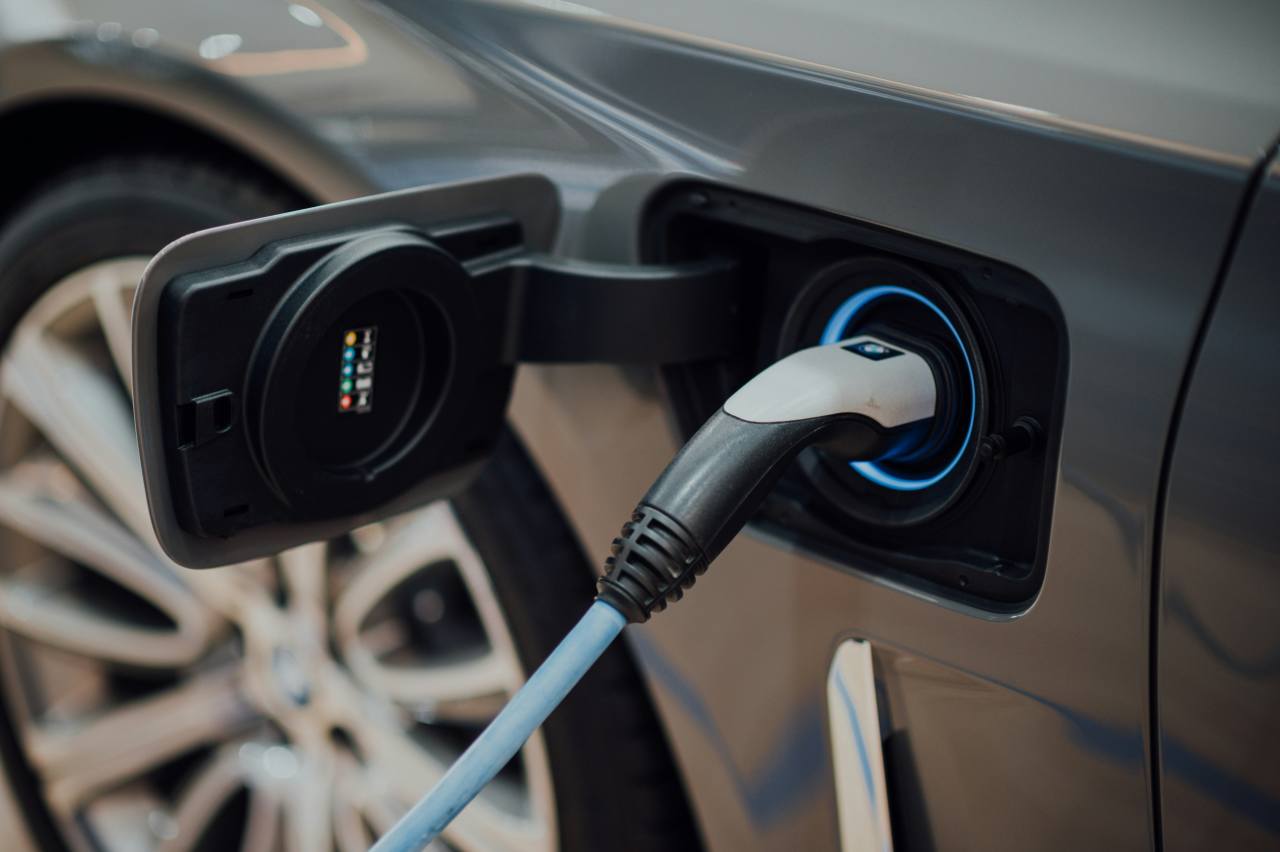
.jpg)


















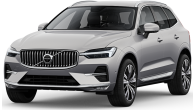






.png)
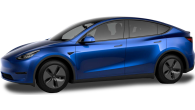





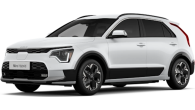
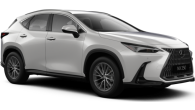
.jpg)








.jpg)


Comments